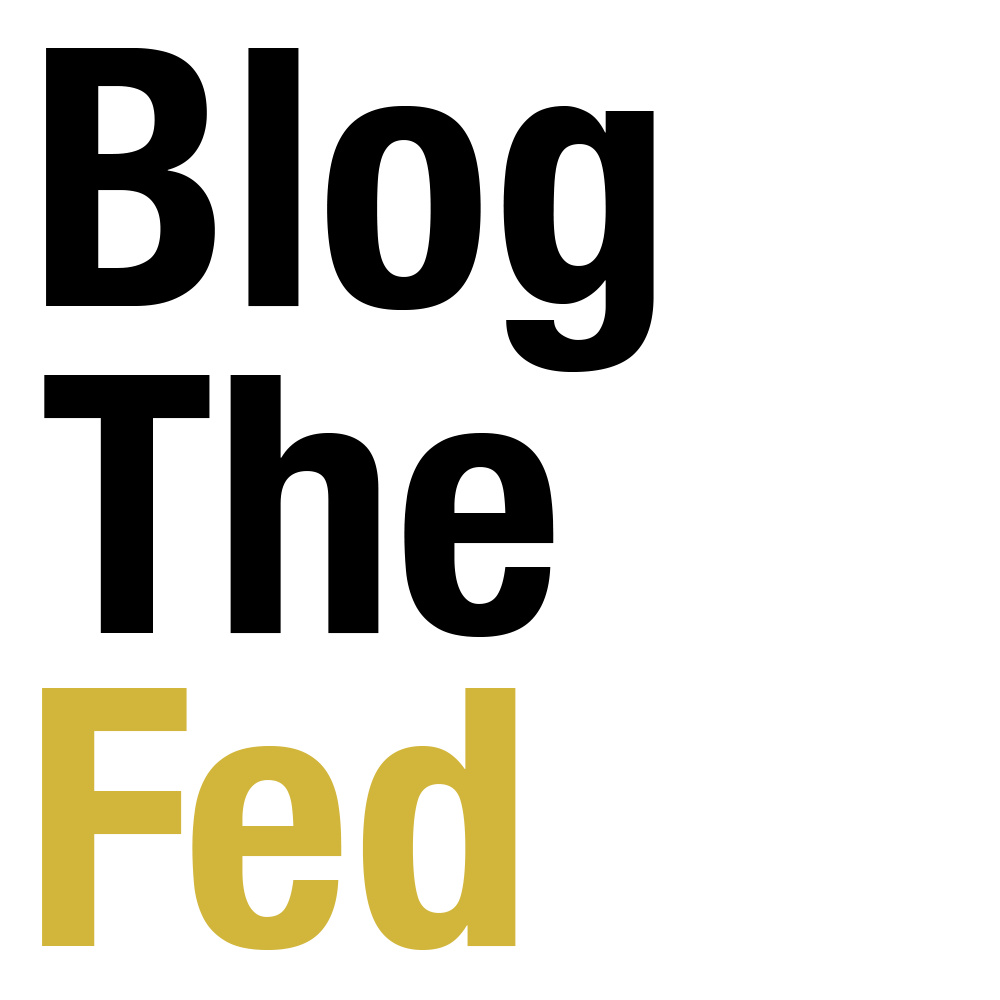The Federal Reserve has finally begun its long-awaited tightening cycle, raising the federal funds rate by 25 basis points in March—the first increase since 2018. This move comes as inflation, measured by the Personal Consumption Expenditures (PCE) price index, surged to 5.8% year-over-year in December, the highest level in nearly four decades. While the Fed’s decision to act is a step in the right direction, a critical question looms: Did the central bank wait too long to address inflation, and could its delayed response make it harder to achieve its 2% inflation target, even if it is now averaged over 3-5 years?
The Inflation Surge: A Perfect Storm
The current inflationary environment results from a collision between unprecedented fiscal and monetary stimulus, supply chain disruptions, and a red-hot labor market. The Fed initially dismissed the inflation spike as “transitory,” attributing it to pandemic-related bottlenecks and temporary demand imbalances. However, late last year it became clear that inflation was broadening beyond a few isolated categories, with rising prices for goods, services, and housing.
The Fed’s preferred measure of core inflation, which excludes volatile food and energy prices, reached 4.9% in December, well above the central bank’s 2% average target. Despite these alarming signals, the Fed maintained its accommodative stance, keeping interest rates near zero and continuing its asset purchase program until recently. This delay has raised concerns that inflation may now be more entrenched than previously thought.
The Labor Market: A Double-Edged Sword
One of the key factors complicating the Fed’s inflation fight is the labor market’s strength. Unemployment has plummeted to 4%, matching the Fed’s estimate of its longer-run normal level, and job gains have averaged 575,000 per month in the second half of 2021. Wage growth, particularly for low-wage workers, has accelerated, with nominal wages rising at their fastest pace in decades.
While a strong labor market is a sign of economic health, it also poses a challenge for the Fed. Tight labor conditions and rising wages can fuel inflationary pressures, particularly in the services sector, where labor costs are a significant component of prices. If wage growth continues to outpace productivity gains, businesses may pass these costs onto consumers, creating a wage-price spiral that could make inflation more persistent.
Consumer Resilience: A Persistent Driver of Demand
Another factor contributing to stubborn inflation is the resilience of consumer demand. Despite higher prices, consumer spending has remained robust, supported by accumulated savings from pandemic-era stimulus programs and a strong job market. This sustained demand has kept upward pressure on prices, particularly for goods experiencing supply chain bottlenecks, such as motor vehicles and furniture.
The Fed’s challenge is to cool demand without triggering a sharp economic slowdown. However, achieving this balance will be difficult if consumers are still flush with cash and confidence. If demand remains strong, inflation could prove more persistent than anticipated, making it harder for the Fed to bring inflation back to its 2% target over the medium term.
Playing Catch-Up
The Fed’s delayed response to inflation has left it playing catch-up. By the time it began raising rates last month, inflation had already been running above target for nearly a year. This delay has raised the risk that inflation expectations could become unanchored, making it harder to bring inflation under control.
Moreover, the Fed’s commitment to achieving an average of 2% inflation over time adds another layer of complexity. If inflation remains elevated for an extended period, the Fed may need to undershoot its target on the downside to achieve its average goal over 3-5 years, increasing the risk of a policy misstep.
Looking Ahead: A Bumpy Road to 2%
The Fed’s path to achieving its inflation target is fraught with challenges. While the central bank has signaled its willingness to raise rates further and reduce its balance sheet, the strength of the labor market and consumer demand suggests that inflation may prove more stubborn than expected.
If the Fed waits too long to tighten policy or moves too cautiously, inflation could become entrenched, requiring even more aggressive action down the road. Conversely, if the Fed tightens too quickly, it risks derailing the economic recovery and causing unnecessary pain for workers and businesses.
The Fed must tread carefully in this high-stakes environment, balancing its dual mandate of price stability and maximum employment. The question is not just whether the Fed waited too long to act but whether it can navigate the difficult road ahead without causing significant economic disruption.
